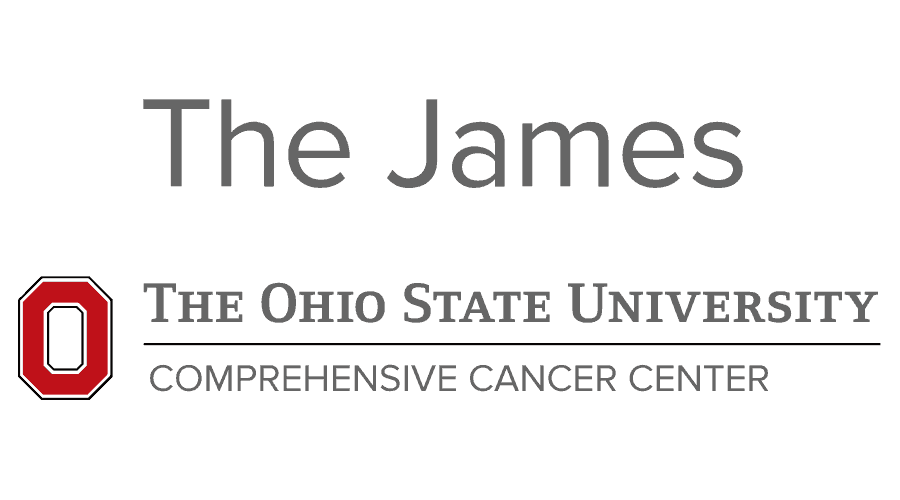Equipment/Asset Tracking – Lab Requirements
The OSUCCC is responsible for tagging, tracking, and updating the disposition of all assets that have been purchased with Cancer Center dollars, and this includes capitalized equipment, IT-related equipment, and select non-cap equipment. Overall, we track more than 4,000 items that are spread across campus and hundreds of labs, and we work closely with Asset Management and third-party services to conduct annual physical and spot audits as required by federal law and the Ohio State University.
To manage this process, labs within OSUCCC space are supposed to update the Space, Operations, and Projects team (SOP) when equipment is moved, traded-in, or sent to surplus for disposal, but this rarely happens and consequently, we do not have accurate information on the disposition of our assets. Similarly, the same inaccuracies exist for labs outside of our space. Not having accurate information creates significant financial and operational problems for us and the University, so we have no choice but to enforce our long-standing equipment policy more forcefully.
LAB EXPECTATIONS AND REQUIREMENTS
(back to top)
Effective 6/1/23, every faculty member, PI, and shared resource director whose lab is in OSUCCC space or has purchased equipment with OSUCCC funds needs to assign one or two staff to serve as Asset Coordinator (AC) for their lab or shared resource. These coordinators will be responsible for tracking their lab’s capitalized equipment, select non-cap equipment, and IT-related assets, and the process is outlined below. Faculty should choose responsible staff to serve in this role, and if these staff leave, they should reassign these duties to others.
(back to top)
· Once or twice a year, ACs will be given a spreadsheet (via email) of their group’s trackable assets, and they must update this list to ensure it is accurate.
· ACs must be aware of the location, condition, and status of every item on their list, and they will be asked to provide physical proof as part of this process. This will sometimes involve an in-person audit, and at other times they may need to provide pictures as requested.
· If they are unsure of the disposition of certain items, they should work with other members of their lab to figure it out, and they should update the provided spreadsheet to note these changes.
· Asset Coordinators will have 2 weeks to respond and provide updates on the location and status of these items, so it is important to maintain accurate records of your unit’s items throughout the year so you are not scrambling when unexpected audits occur.
· If ACs do not respond with updates after 2 weeks, a follow-up email will be sent to the AC(s) and PI with the expectation of a response within 3 days. If the coordinator is unable to provide accurate updates or fails to return the list on behalf of their lab or SR, the OSUCCC Purchasing Office and Finance Office will be instructed to freeze spending and the lab orders until accurate information is provided.
Please note: Members of the Space, Operations, and Projects (SOP) team will send an email with instructions for the audit as well as the appropriate spreadsheet to ACs. We recommend using this spreadsheet to continually track your assets. This will include your lab’s trackable capitalized assets and select non-cap assets as well.
(back to top)
· Capitalized assets (i.e., items exceeding a purchase price of $5,000 regardless of size or function)
· Select non-capitalized assets including centrifuges, refrigerators/freezers, inverted microscopes, or other items of significant scientific or operational value that do not meet this threshold. If you have a concern, you are welcome to err on the side of inclusion or check in with William Towns.
· IT-related assets including desktops, laptops, tablets, and portable storage devices.
Please understand: we need the help of our labs to do this properly and efficiently given the large asset base in the OSUCCC. This task should take very little time after the initial inventory has been completed. It is one of those non-glamorous tasks that unfortunately needs to get done to keep our institution on track.
